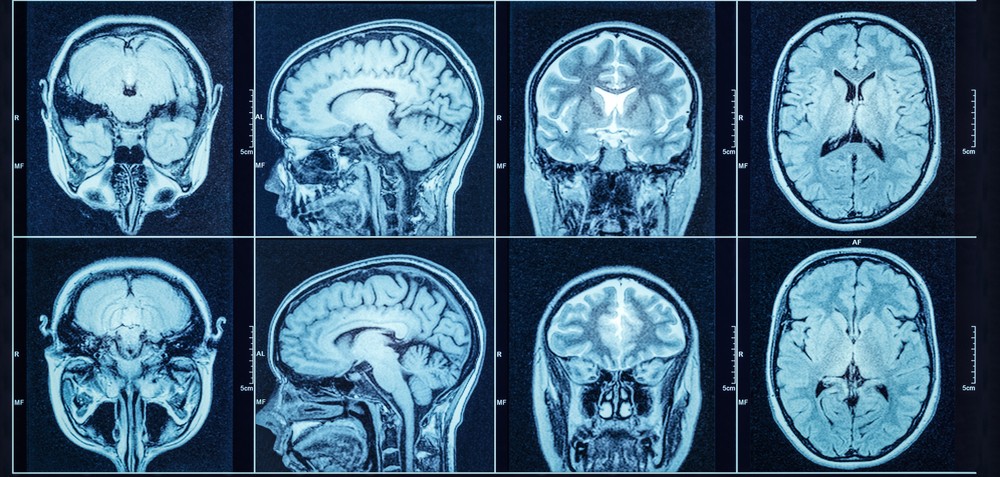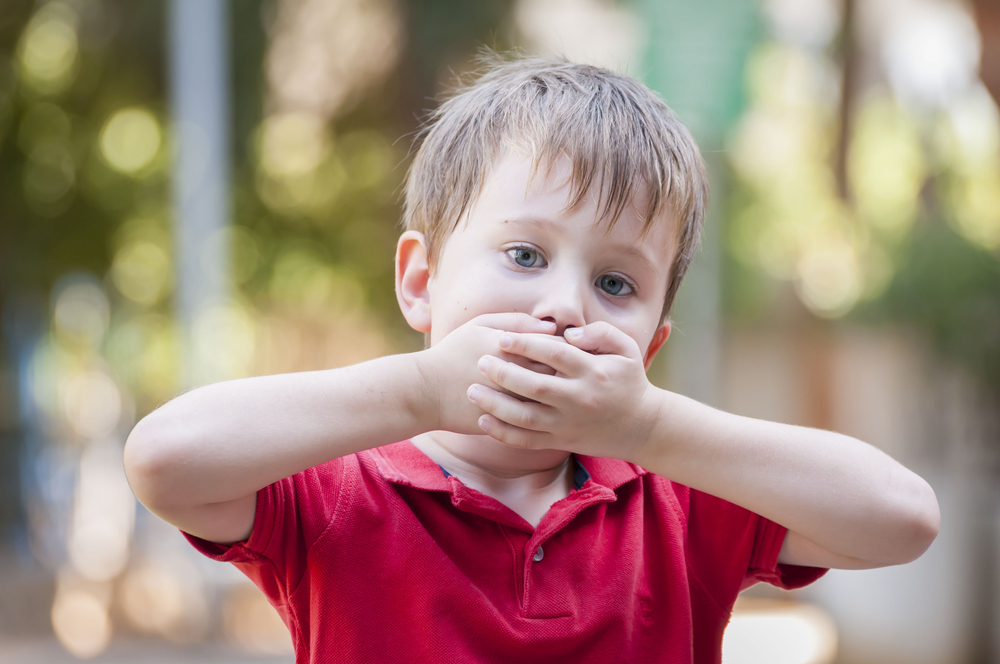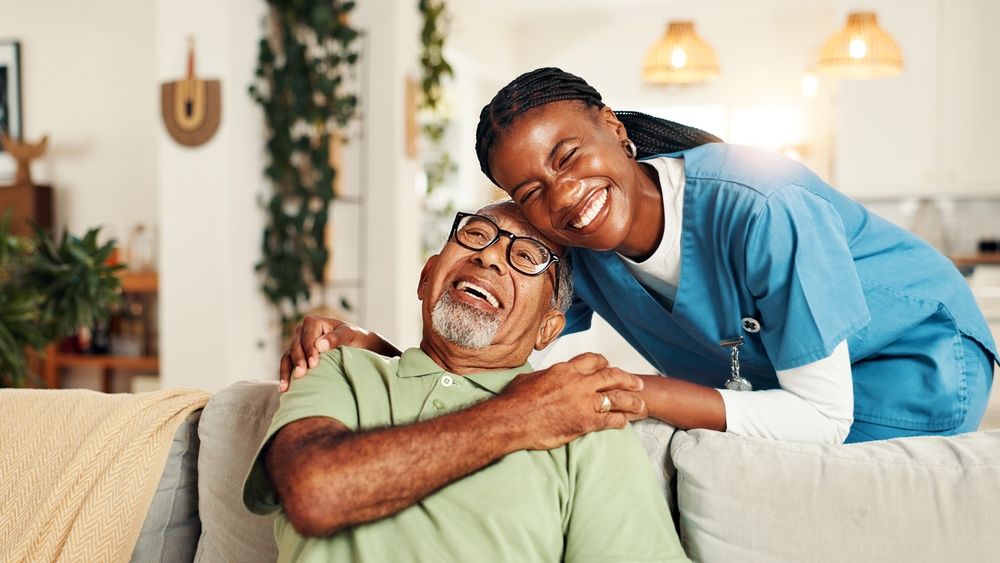Make an Appointment
Traumatic brain injury (TBI) occurs when an external force injures the brain, common causes include falls, vehicle accidents, or sports impacts. Depending on severity, TBIs can lead to a wide range of physical, cognitive, sensory, and emotional challenges. Early, comprehensive rehabilitation is crucial for maximising recovery, minimising long-term disability, and improving quality of life.
Rehabilitation for TBI isn’t one-size-fits-all. It involves a multidisciplinary approach tailored to each person’s unique deficits and goals. Across Australia, high-quality rehabilitation services blend medical management with allied health interventions to address:
- Physical impairments (mobility, strength, balance)
- Cognitive and communication deficits (memory, attention, speech)
- Emotional and behavioural changes (mood regulation, social skills)
Research from the Australian Institute of Health and Welfare shows that patients receiving coordinated, early rehabilitation achieve significantly better functional outcomes and independence.
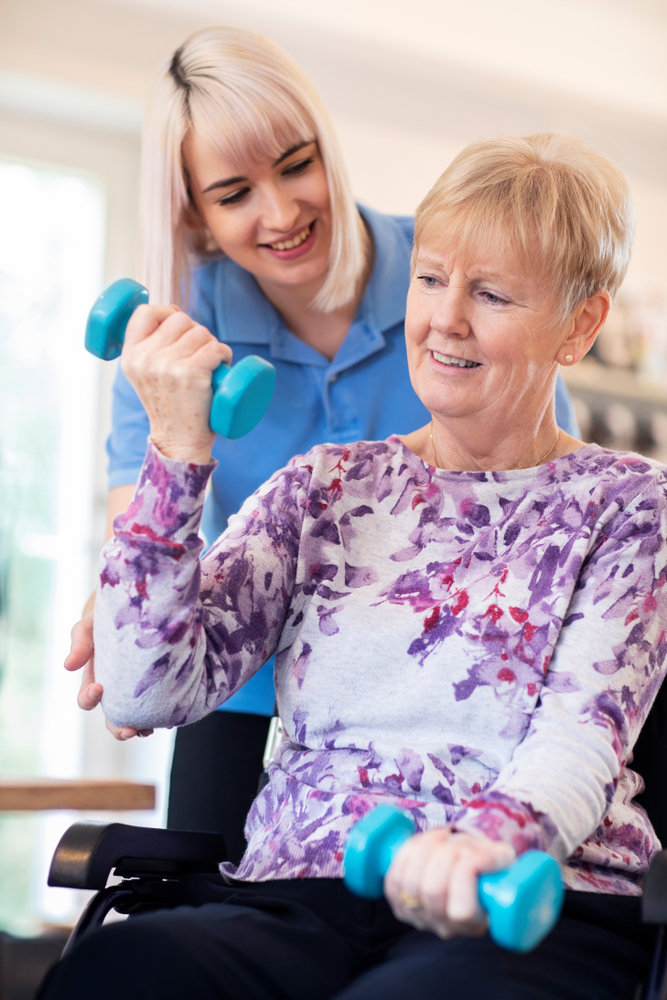
What is the rehabilitation intervention for traumatic brain injury?
Rehabilitation interventions for TBI span acute, subacute, and long-term phases. Key components include:
1. Early Mobilisation & Acute Care
- Initiated in the acute hospital setting to prevent complications such as muscle wasting and joint stiffness.
- Physiotherapists deliver gentle positioning, range-of-motion exercises, and respiratory management to maintain physical health.
2. Multidisciplinary Assessment
- A team—neurologists, rehabilitation physicians, physiotherapists, occupational therapists, speech pathologists, exercise physiologists, and neuropsychologists, conducts comprehensive assessments.
- Each specialist evaluates domains like mobility, self-care, cognition, communication, and emotional wellbeing to craft an integrated treatment plan.
3. Goal-Oriented Therapy
- Interventions are centred on meaningful, personalised goals: returning home, resuming work or study, relearning daily tasks, or improving social participation.
- Regular goal reviews ensure therapy remains aligned with the individual’s evolving needs.
4. Continuum of Care
- Rehabilitation transitions seamlessly from inpatient to outpatient and, where necessary, into-home or community-based services.
- In-home care models, such as Mobile Physiotherapy, enable continuity of therapy in familiar environments.
5. Family and Caregiver Education
- Training families to support exercises, safe transfers, and cognitive strategies is vital.
- Educational sessions foster consistency and reinforce therapeutic gains between sessions.

How can you help someone with traumatic brain injury?
Supporting a loved one through TBI rehabilitation involves both hands-on care and emotional encouragement:
1. Establish a Safe, Supportive Environment
- Remove trip hazards, install grab rails, adjust lighting, and create quiet spaces for rest.
- Work with Occupational Therapy to tailor home modifications that promote independent living.
2. Encourage Daily, Structured Routine
- Consistent schedules help regulate sleep, medication, therapy appointments, and cognitive exercises.
- Use visual timetables and reminders to enhance memory and executive functioning.
3. Facilitate Physical Activity
- Gentle walks, assisted exercises, or seated activities guided by Exercise Physiology improve strength and cardiovascular health.
- Encourage participation in community-based adaptive sports or social groups.
4. Support Communication & Cognitive Tasks
- Use simple, clear language; allow extra processing time; and employ memory aids (notebooks, smartphone apps).
- Collaborate with Speech Pathology for tailored programs addressing speech, language, and swallowing.
5. Promote Emotional Wellbeing
- Validate feelings, encourage involvement in enjoyable activities, and facilitate peer support groups or counselling.
- Recognise that mood changes, impulsivity, or irritability may be part of TBI and seek psychological support when needed.
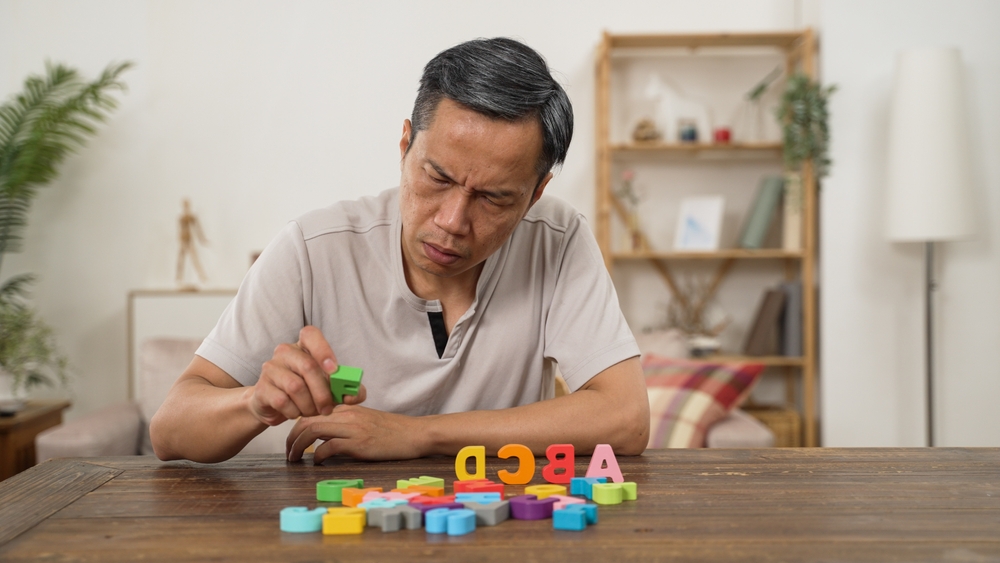
What is the best therapy for traumatic brain injury?
No single “best” therapy exists; optimal outcomes arise from an integrated suite of interventions:
Physiotherapy
Improves mobility, strength, balance, and gait. Early studies show task-specific training reduces fall risk and enhances functional independence .
Occupational Therapy
Targets Activities of Daily Living (ADLs), sensory integration, and cognitive strategies to rebuild independence in self-care, homemaking, and work tasks .
Speech Pathology
Addresses speech intelligibility, language processing, social communication, and safe swallowing—key to nutrition and social participation.
Exercise Physiology
Prescribes progressive, evidence-based exercise regimens to combat deconditioning, fatigue, and mood disturbances.
Neuropsychology & Counselling
Offers cognitive rehabilitation, behavioural strategies, and emotional support to manage memory deficits, attention issues, and psychiatric symptoms.
Integration of these therapies can lead to:
- Faster functional gains
- Reduced length of hospital stay
- Improved community reintegration
- Higher satisfaction and quality of life

How do you recover from TBI injury?
Recovery from TBI is nonlinear and can span months to years. Key principles:
Neuroplasticity & Task-Specific Practice
The brain adapts through repetitive, meaningful tasks. Therapies incorporating real-life activities yield superior neural rewiring.
Periodic Reassessment
Regular outcome measures (e.g., Functional Independence Measure, community integration scales) guide therapy adjustments.
Self-Management & Telehealth
Telehealth tools reinforce home exercise programs and cognitive tasks, ensuring sustained progress between face-to-face sessions.
Holistic Lifestyle Modifications
Balanced nutrition, sleep hygiene, stress reduction, and social engagement are essential adjuncts to formal rehabilitation.
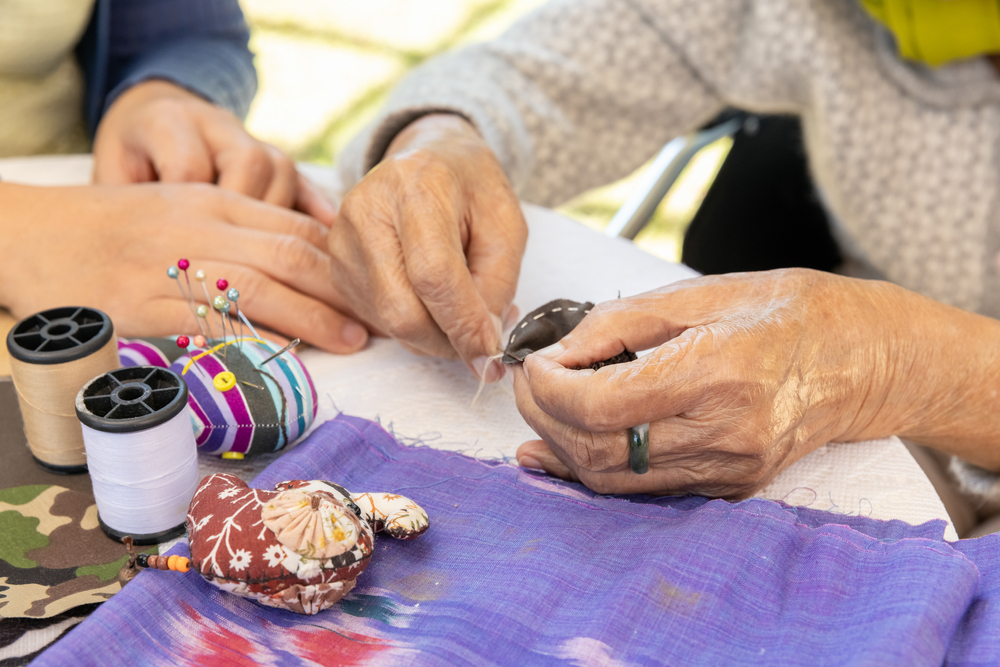
Frequently Asked Questions (FAQs)
Q: How soon after injury should rehabilitation begin?
A: Early mobilisation and rehabilitation, often within 24–48 hours of medical stability, improve outcomes and prevent complications .
Q: Can people fully recover from moderate or severe TBI?
A: While complete recovery is rare in severe cases, significant functional improvements and quality-of-life gains are achievable with sustained, multidisciplinary rehabilitation.
Q: What role do carers play in TBI rehabilitation?
A: Carers provide daily support, reinforce therapy strategies, monitor progress, and liaise with the rehabilitation team. Proper training is crucial for consistency.
Q: Are telehealth services as effective as in-person therapy?
A: Telehealth complements, but does not replace face-to-face therapy, offering convenience for monitoring, home-based exercises, and caregiver coaching .
Q: How long does TBI rehabilitation typically last?
A: Duration varies widely, anywhere from weeks to years, depending on injury severity, personal goals, and available support systems.

Rehabilitation for individuals with traumatic brain injury is a multifaceted journey that demands early intervention, personalised goal-setting, and a collaborative allied health team. By integrating physiotherapy, occupational therapy, speech pathology, and exercise physiology, supported by medical and psychological care, patients can maximise recovery, regain independence, and enjoy a better quality of life.
Take the Next Step:
If you or someone you care for is recovering from TBI, contact us today to discuss a tailored rehabilitation plan. Explore our comprehensive services:

Date Published: Tuesday, April 29, 2025
Locate a Speech Pathology Telehealth
Service Near me
Get the experience & convinence you deserve to support your or a loved one's allied health needs.
Our Speech Pathology Telehealth team are currently serving & taking appointments in the following states and regions in Australia:
Need to get into direct contact with ur Client Services team? We're all ears. Call our team directly on 1300 731 733
